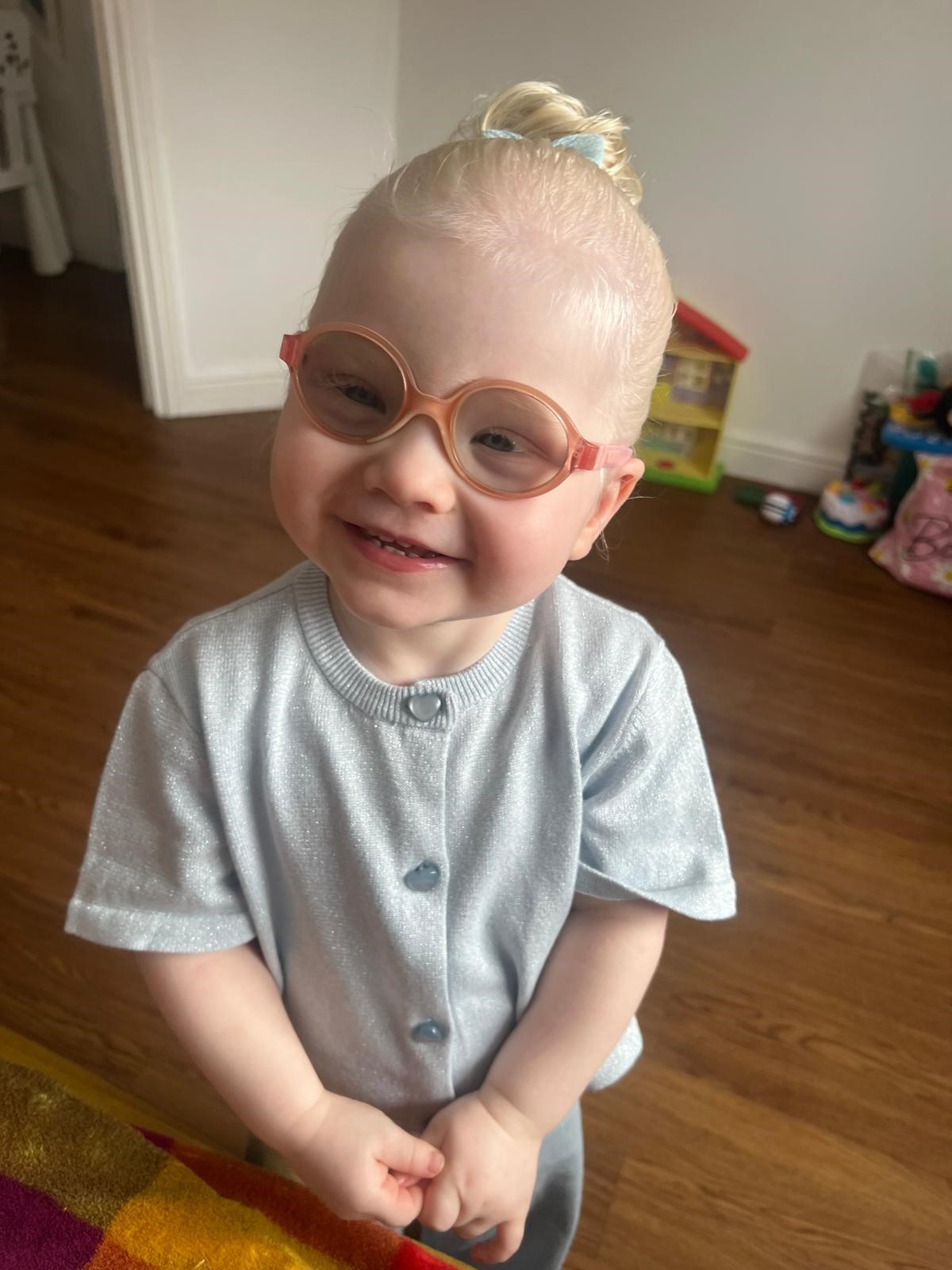Hope for young children with impaired eye sight caused by Albinism
.jpg)
The University of Southampton has been awarded over half a million pounds for groundbreaking research aimed at improving the vision of children born with Albinism.
Albinism affects the production of melanin – pigment which colours eyes, skin and hair. It can also affect the development of retinas in babies, making their eyes very sensitive to light and leaving them with severe sight problems as they grow up.
Dr Helena Lee , of the University of Southampton and University Hospital Southampton (UHS), leads a research project called ‘OLIVIA’, which investigates this problem. She’s now been granted £542,000 from the Medical Research Council to take her research a step further and work towards a clinical trial involving babies, to test a potential treatment.
Dr Lee says: “We have spent years researching how we can help children with Albinism to improve their chances of growing up with better sight. We believe we’ve found a treatment which will help them, and this award means we can start testing this in the real world.
“We aim to initially use this funding to run a small scale trial with around 10 infants. Later we’d hope to run a larger one and also monitor the children’s progress as they grow up. We want to transform how we treat Albinism in children while also setting an important precedent for other paediatric eye diseases.”
Between one in 12,000 and one in 15,000 people in European countries have Albinism. Among other effects, it is associated with a deficiency in the chemical L-DOPA, which is essential for normal retinal development. This deficiency contributes to significant visual impairment in affected children.
Over several years, Dr Lee has investigated whether replacing L-DOPA could positively influence eye development. She has found a drug called Levodopa, which is commonly used to treat Parkinson’s Disease, could hold the key. Given orally to infants, in specific doses under controlled conditions, Levodopa may encourage normal retinal development in babies with Albinism – however, the treatment window is narrow.
“With some eye conditions, intervention to treat children is needed before they reach the age of around eight.” says Dr Lee. “In children with Albinism, we believe this window is even narrower – with treatment required before they are two years old.”

Reaching this trial milestone was made possible, in part, by the incredible fundraising efforts of Joe Marsden and Abby Arrowsmith for the University of Southampton charity, Gift of Sight . They raised over £43,000 to help support the study. Both have young children whose sight is affected by Albinism.
Joe’s two year old daughter Raya wears glasses for short-sightedness and to protect her eyes. Abby’s daughter Amelia is also two and severely visually impaired.
Abby Arrowsmith commented: “As a family we are over the moon that the research has been given the go ahead. It’s really exciting to imagine how many children could benefit in the years to come.”
Joe Marsden completed seven marathons , in seven cities, in seven days for Gift of Sight.
Commenting on this step forward in the research, he said: “Raya’s Albinism diagnosis was a complete surprise to us, as none of our other three children had been born with this condition. Diving into the world of Albinism has really helped us understand the incredible work that is going on in research and the amazing people working behind the scenes to make a difference.
“News of this new funding to allow trials to go ahead is fantastic. Along with the money I and others have raised, I hope it will give a massive boost to efforts to develop a treatment and help other young children in the future in the same situation as Raya.”
If successful, the OLIVIA study could also pave the way for identifying and implementing new therapies for other childhood eye conditions.